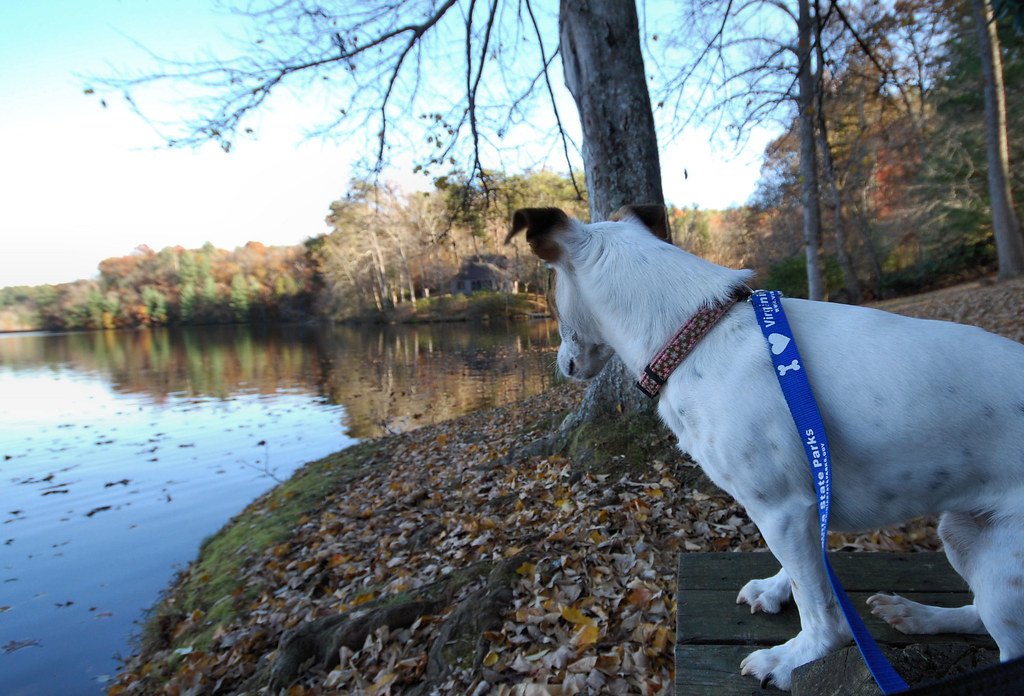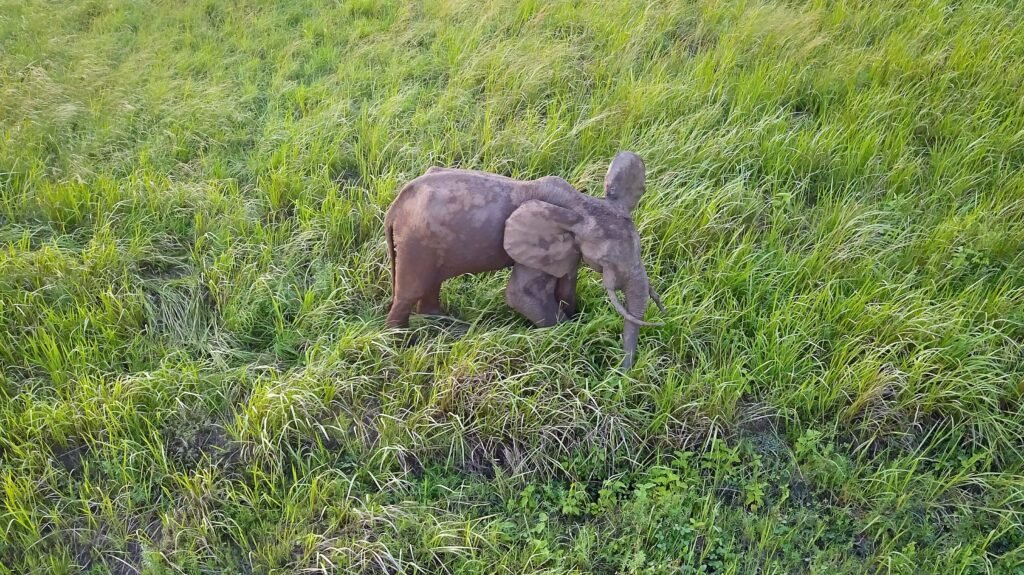Imagine trekking through a dense, dew-soaked forest at dawn, sunlight just breaking through the canopy, when suddenly, a dog’s tail starts wagging with excitement. Moments later, the animal sits, alert and proud, having found a clue invisible to human senses: a tiny sample of endangered animal scat, hidden amid the leaf litter. This is not a scene from a nature documentary—it’s real life for conservation dogs, whose noses are rewriting the story of wildlife protection. Their incredible sense of smell is helping scientists find the unfindable, uncovering hope for species teetering on the edge of extinction.
The World’s Best Noses: Why Dogs?
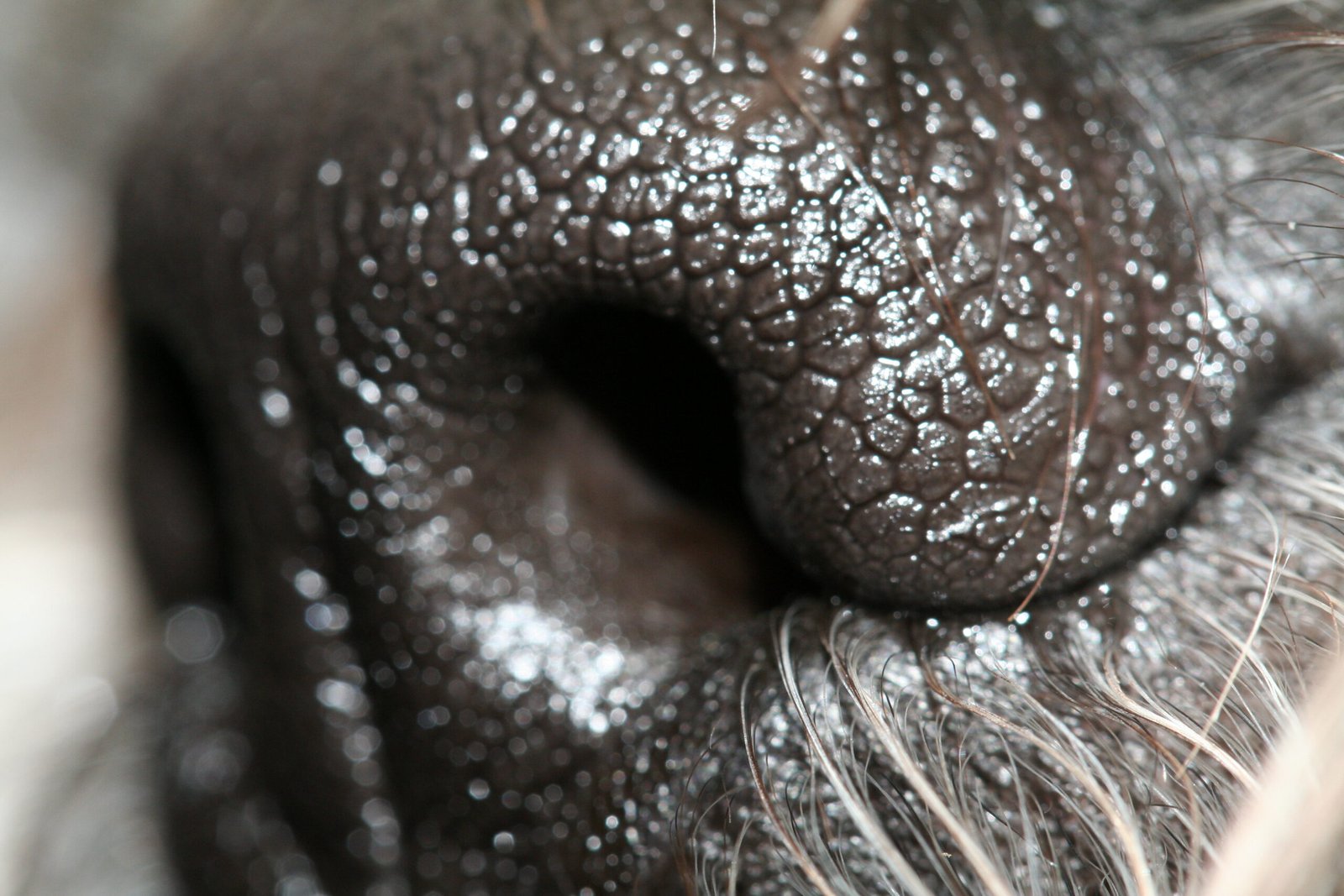
Dogs have been humanity’s partners for thousands of years, but few people realize just how astonishing their sense of smell is. A dog’s nose can be up to 100,000 times more sensitive than a human’s, making it a living, breathing scientific instrument. This isn’t just about finding treats or tracking lost hikers—dogs can detect the faintest traces of animal scent, even buried deep in the earth or masked by stronger odors. This superpower makes them ideal allies for conservationists searching for rare or elusive species in vast, wild landscapes.
From Family Pets to Conservation Heroes
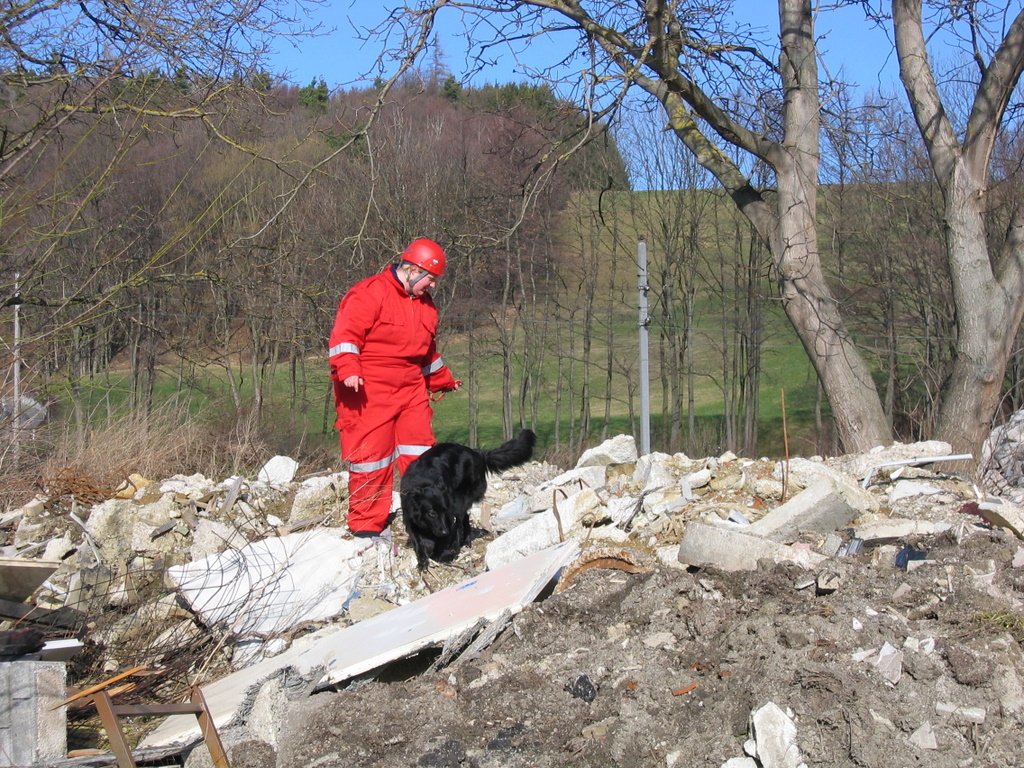
The journey from a playful pup to a conservation dog begins with careful selection. Trainers often look for dogs bursting with energy and a relentless drive to play or chase—that obsession can be harnessed into focused search work. Shelter dogs, often overlooked, frequently become stars in this field because their high energy and determination are perfect for the job. Instead of traditional breeds like bloodhounds or German shepherds, any dog with the right personality and stamina can become a conservation superstar.
Selecting the Perfect Partner: Traits That Matter
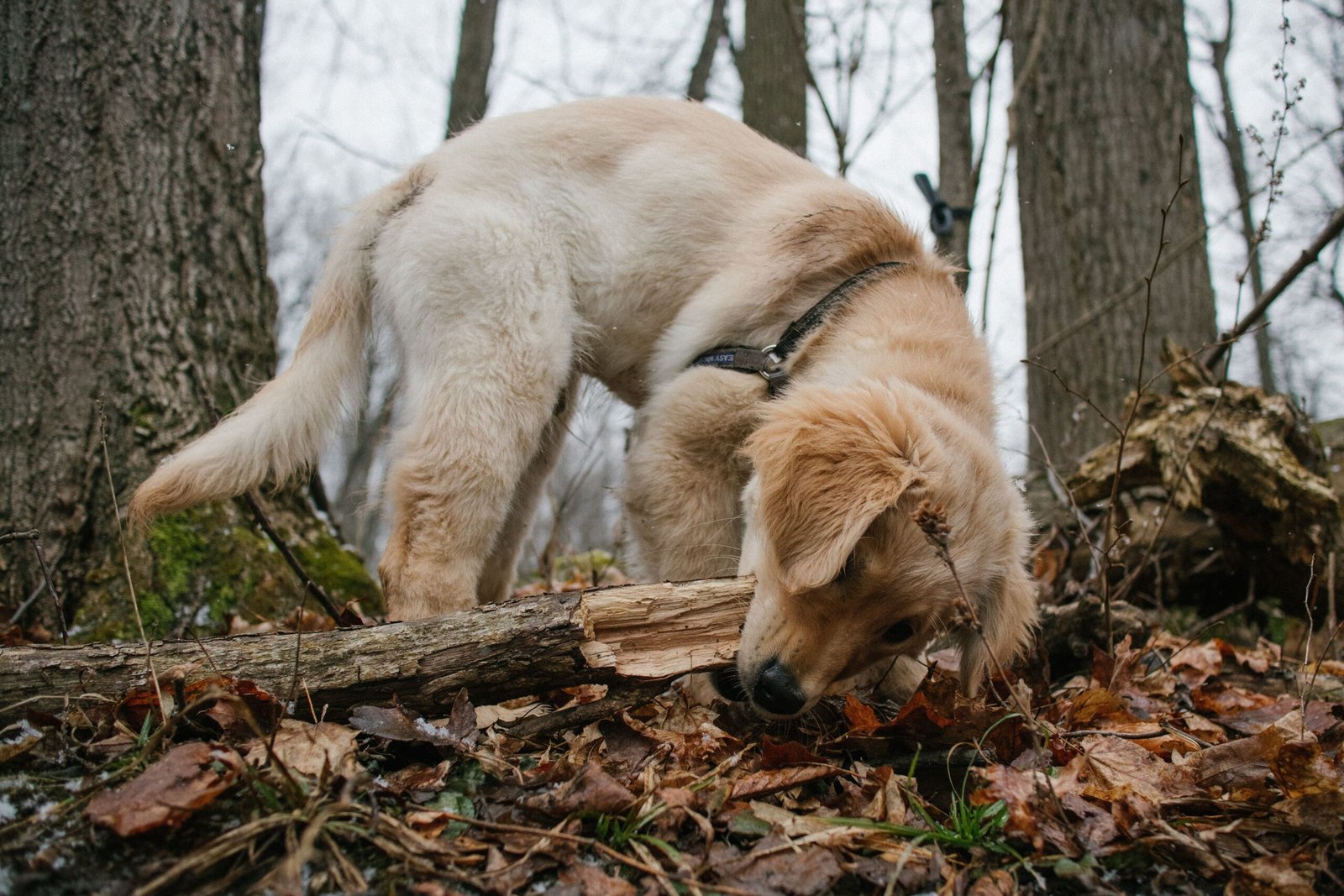
Not every dog is cut out for conservation work. Trainers search for specific qualities: a strong play drive, keen focus, and the ability to work happily in challenging environments. Dogs must be friendly, adaptable, and able to ignore distractions like wildlife or strange noises. Think of a dog that would chase a tennis ball for hours without getting bored—that level of enthusiasm transforms into tireless searching for endangered animal scents in the wild.
The Science of Scent: What Are Conservation Dogs Searching For?
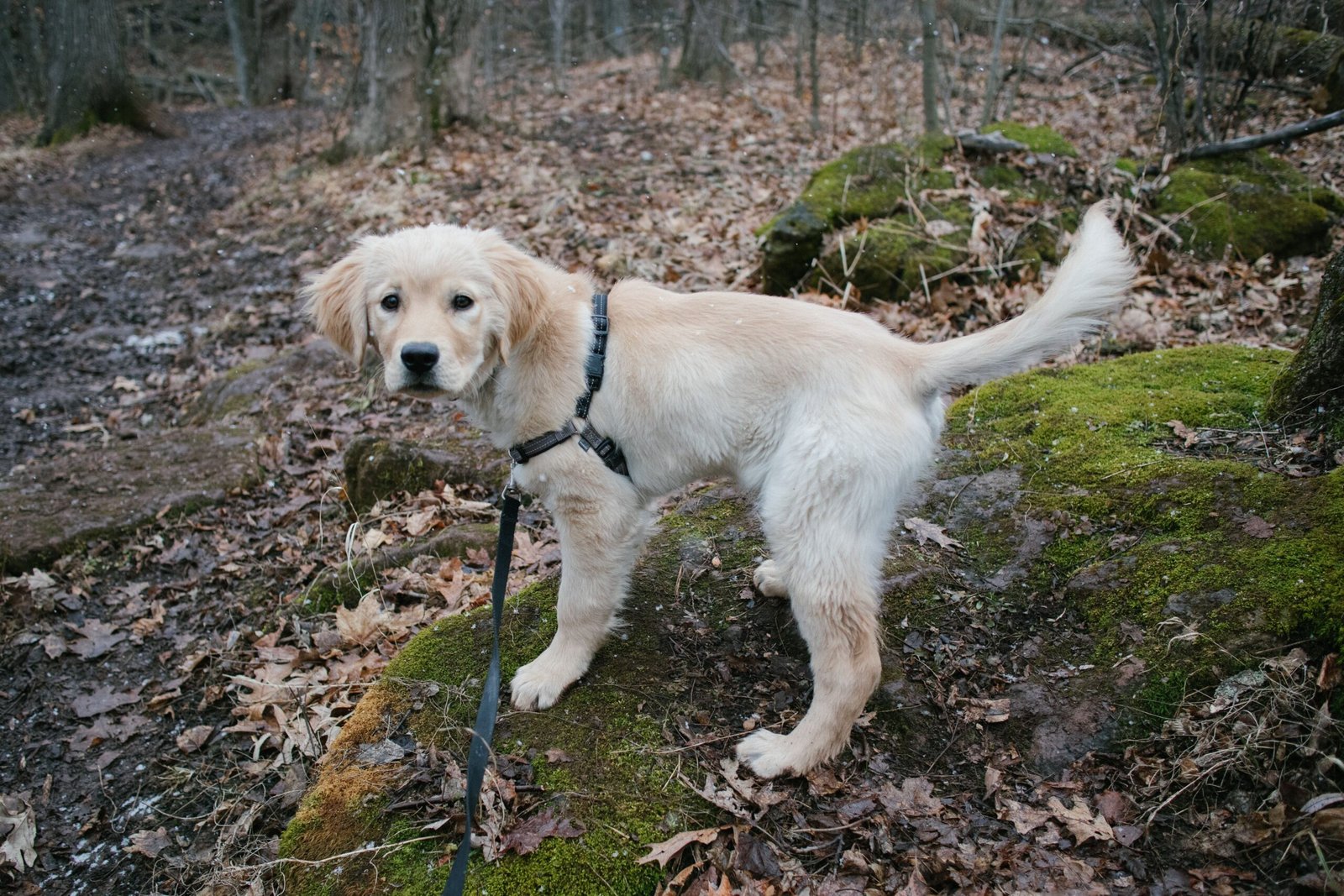
Conservation dogs are trained to detect a variety of biological samples, including scat, fur, feathers, eggs, and even the scent trails left by animals. These samples provide scientists with DNA, hormones, and clues about diet, health, and population size. Instead of disturbing animals or habitats with intrusive searches, dogs help researchers gather vital information while leaving the environment undisturbed. It’s like having a living, four-legged laboratory assistant who can find a needle in a haystack.
Building the Bond: Handler and Dog as a Team
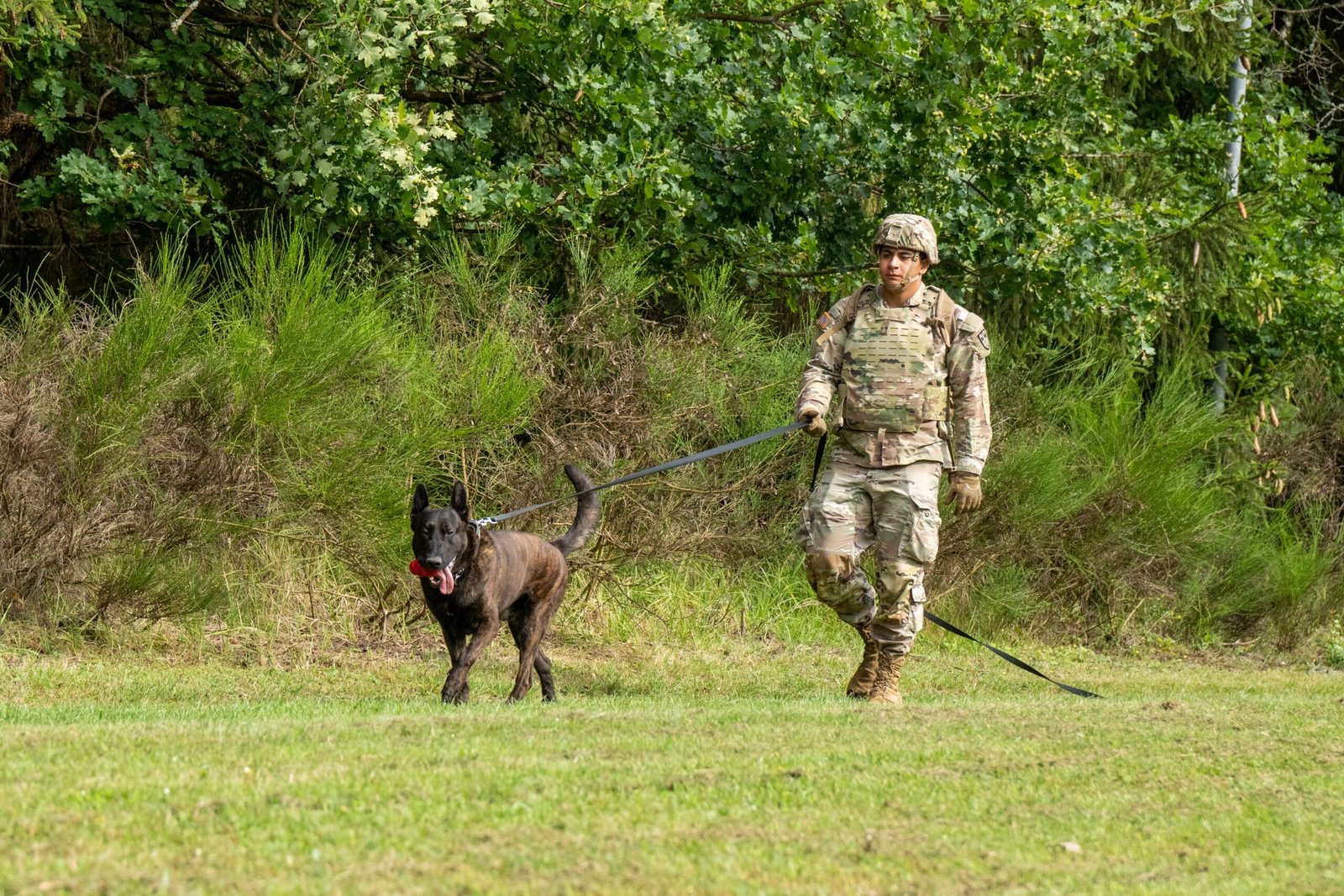
The relationship between a conservation dog and its handler is built on trust, communication, and mutual respect. Handlers spend countless hours training, playing, and working alongside their dogs, forging a powerful partnership. The handler reads the dog’s body language—every wag, sniff, and sit is a clue. Together, they become a seamless unit, able to navigate rugged terrain and challenging weather while keeping each other motivated and safe.
Training for Success: Step by Step
Training a conservation dog starts with simple scent games and grows into complex search tasks. First, dogs learn to associate a specific scent (like the scat of a rare animal) with their favorite toy or treat. Gradually, the scent is hidden in harder-to-find places, and the dog must search longer and harder before getting its reward. Over time, trainers introduce distractions, tougher terrains, and new smells to ensure the dog stays focused on the target scent—no matter what.
Real-World Missions: Conservation Dogs in Action
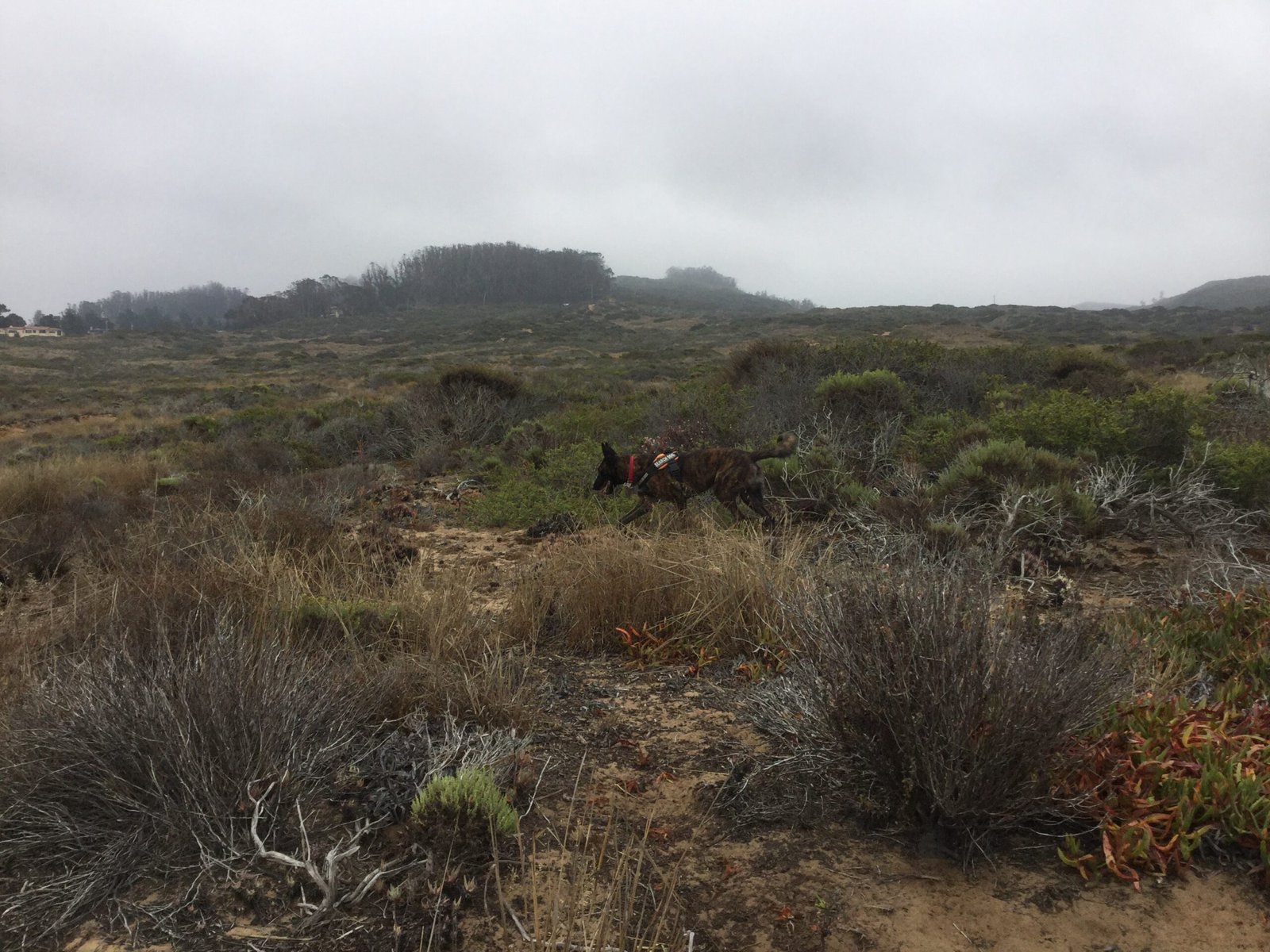
Conservation dogs are already making waves around the world. In New Zealand, dogs sniff out the scat of kiwi birds, helping scientists track populations without ever seeing the shy, nocturnal animals. In Africa, specially trained dogs locate pangolin scales, rhino horn, and ivory to help fight wildlife trafficking. In North America, dogs have been used to find orca whale scat floating miles from shore, providing critical information about the whales’ health. The list of successes is growing every year.
Challenges in the Field: Nature’s Toughest Tests
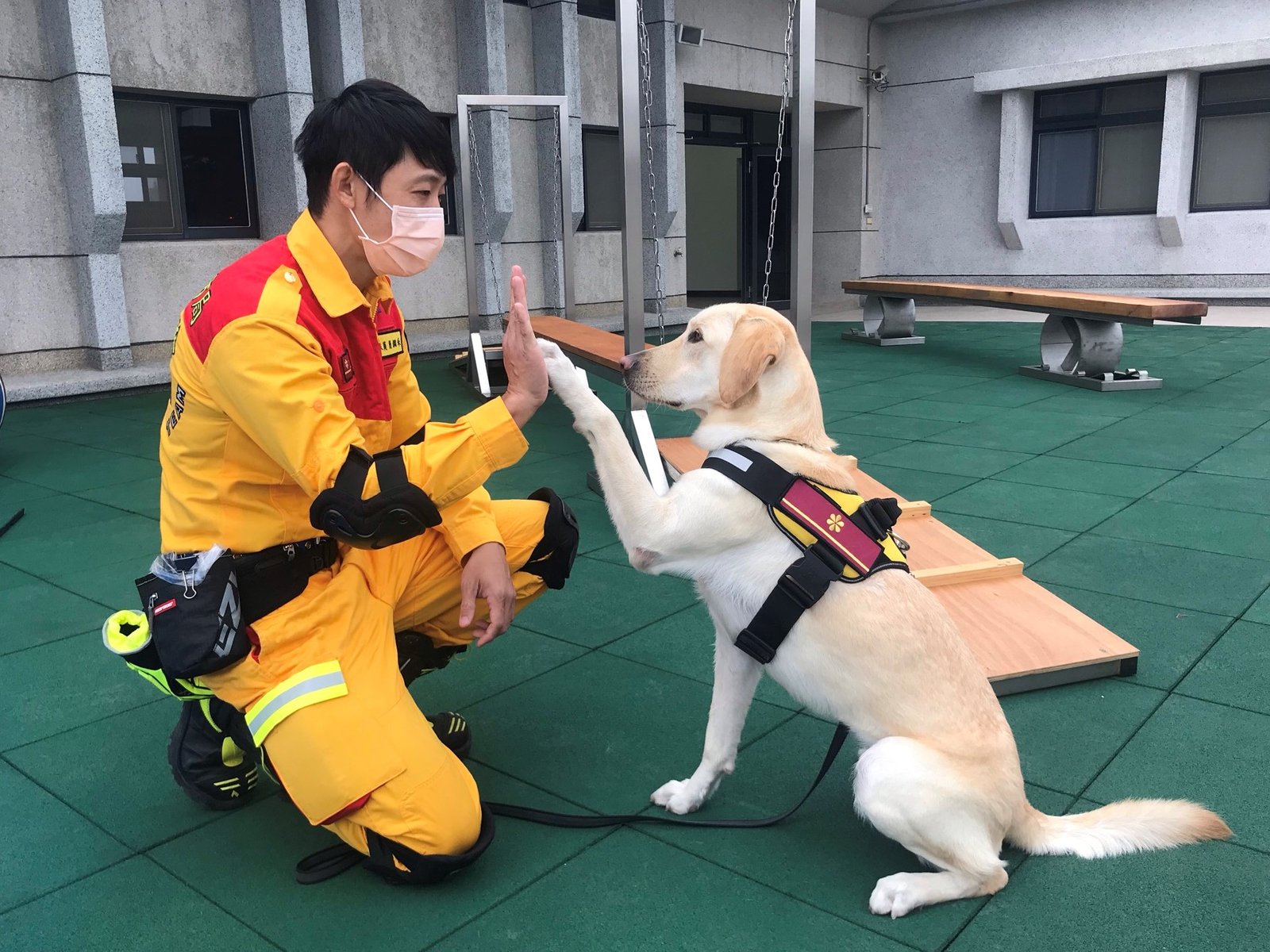
Working as a conservation dog is not for the faint of heart. Dogs and handlers face extreme heat, biting insects, dense vegetation, and long hours on their feet. Sometimes, the target scent is scarce, making searches feel endless. Other times, the environment is so full of competing smells that even a skilled dog struggles to focus. But with patience, perseverance, and a strong bond, these teams overcome obstacles that would defeat even the most advanced technology.
Why Conservation Dogs Matter: Impact Beyond the Nose
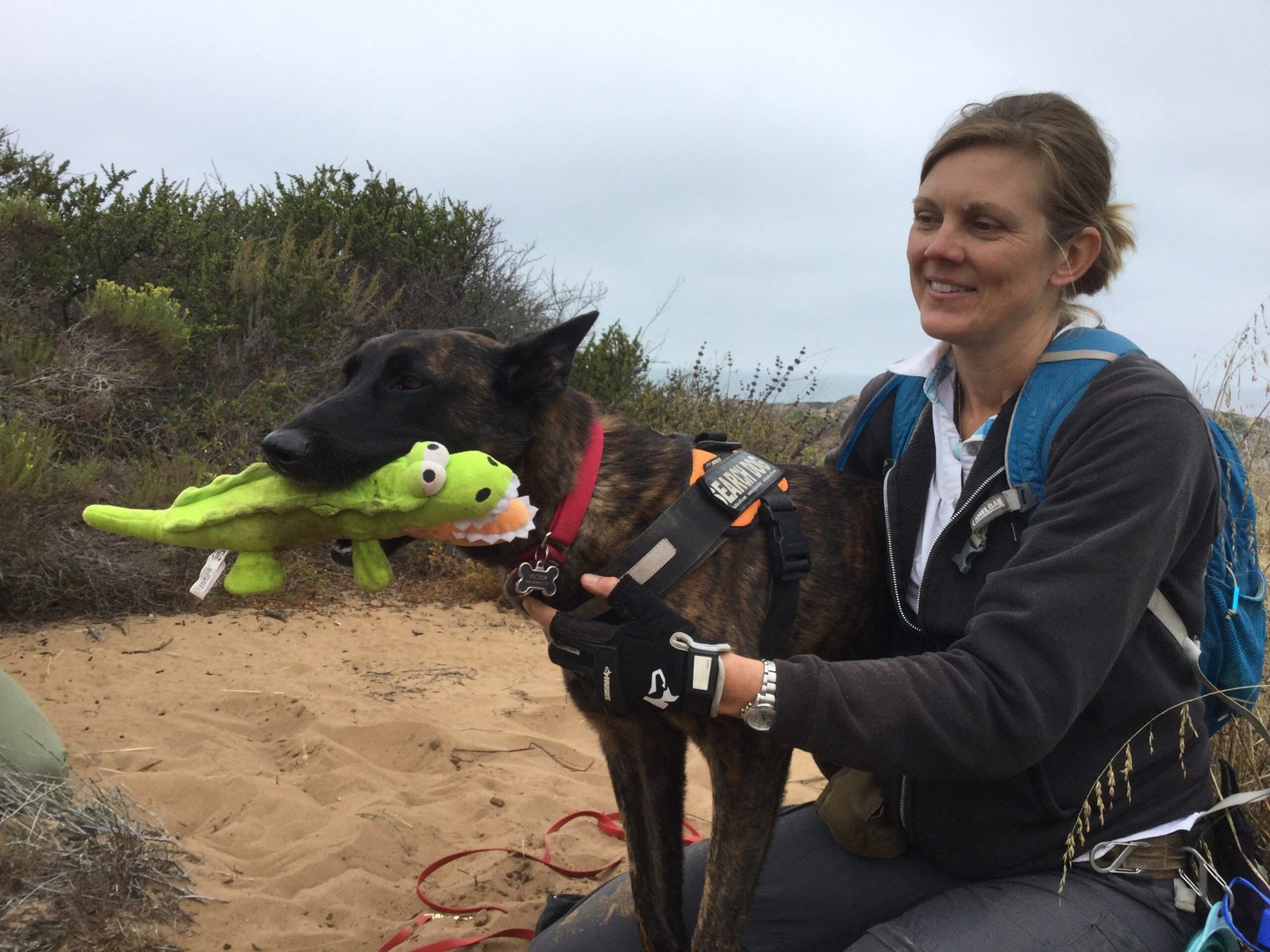
Conservation dogs are more than just tools—they are ambassadors for wildlife and conservation. Their work sparks public interest, raises awareness, and brings hope to species on the brink. They help bridge the gap between science and communities, showing people that even the smallest creatures matter. When researchers share stories of dogs saving turtles, birds, or big cats, it inspires people to care about the natural world in new and unexpected ways.
The Future of Conservation Detection Dogs
As technology advances, conservation dogs remain irreplaceable. New training methods, scent-detection tools, and partnerships are expanding the reach of these remarkable animals. Scientists continue to discover new applications for dog noses, from detecting invasive species to monitoring air and water quality. The potential is vast, and the journey has only just begun.
Key Takeaways and Lasting Impressions

Conservation dogs are transforming the fight to save endangered species, one sniff at a time. Their unique abilities, relentless energy, and powerful bond with their handlers are uncovering secrets hidden deep in the wild. Every paw print left behind is a step toward hope for the planet’s rarest and most vulnerable creatures. What other mysteries could these extraordinary noses help us solve next?

